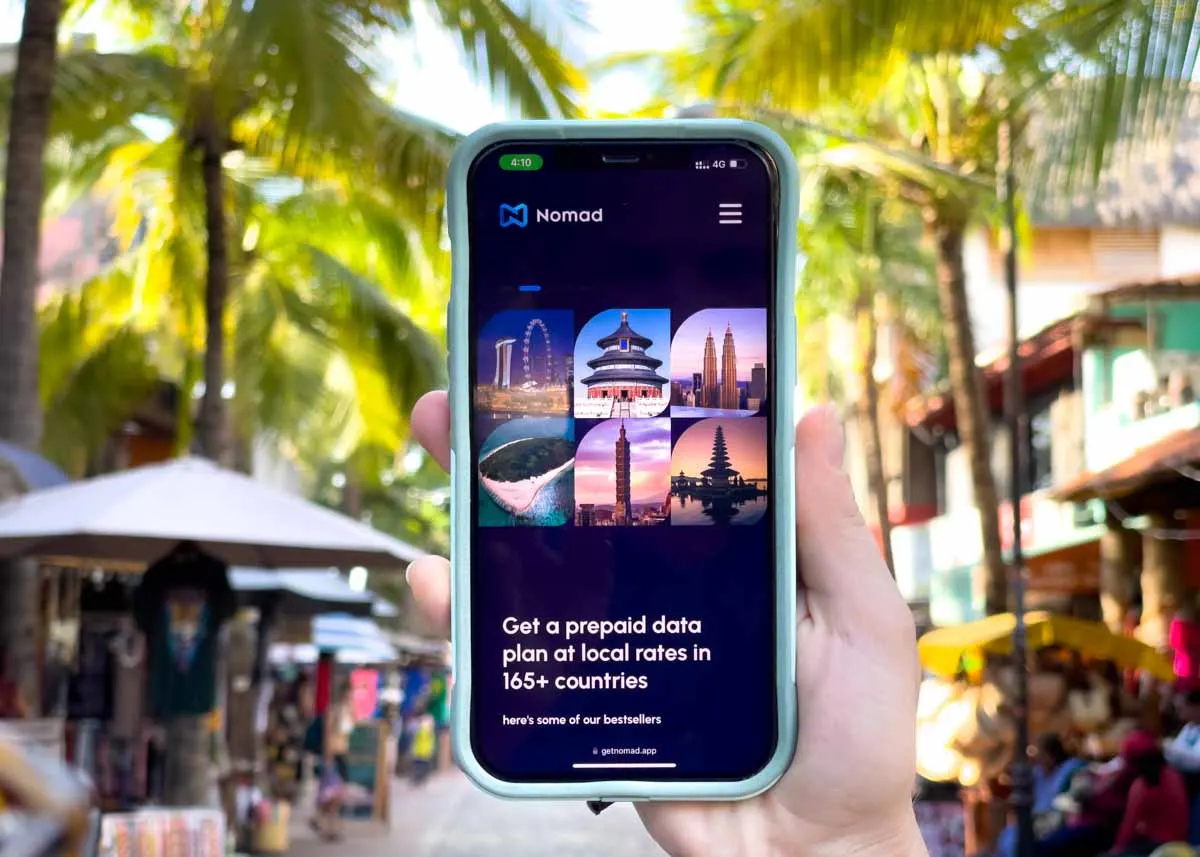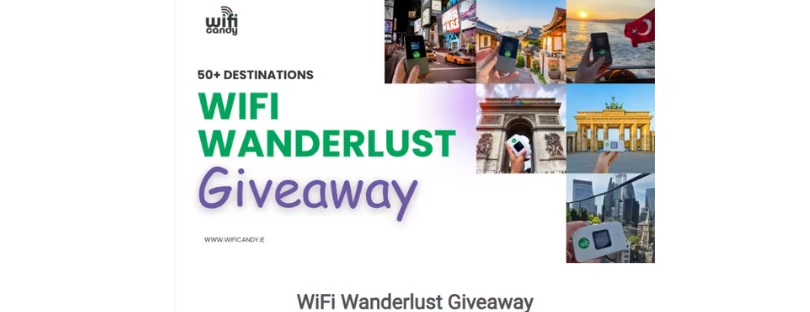
Find out how to budget for your international trip & get 15% off on Nomad eSIM
Traveling is a powerful investment in yourself. It exposes you to new cultures, broadens your horizons, and creates memories that stay with you forever. But let’s be honest, those postcard-perfect adventures can come with a hefty price tag. Without a well-crafted budget, that dream vacation can quickly turn into a financial burden. Here’s the good news: with some planning and strategic budgeting, you can embark on incredible adventures without breaking the bank. international trip budget
This comprehensive guide will equip you with the tools and knowledge you need to budget effectively for your next trip, ensuring you return home with a suitcase full of memories and a wallet that’s happy too.
1. Determine Your Travel Destination and Duration
The first step in budgeting for travel is to decide where you want to go and how long you plan to stay. Your destination will heavily influence your budget, as some places are more expensive than others. Research the cost of living, accommodation, food, and activities in your chosen destination. Additionally, the length of your stay will affect your overall expenses.
2. Create a Travel Budget: What should be included?
Before you start budgeting for your travels, let’s take a look at some of the expenses you will need to include in your budget.
Travel Entry Requirements: Passport, Visa, and Other Documents
Before you can even start to travel, you will first need to confirm that you are able to travel and enter the destination that you want to visit.
Check your passport validity – most countries require you to have a passport with at least 6 months of validity before you can enter. If your passport is about to expire within the next 6 months, you will likely need to apply for a passport renewal; and there are costs associated with passport renewal.
You should also check any entry requirements for the destination that you are traveling to. Confirm if you might need to apply for a visa to be able to enter the destination – if so, you will have to account for the costs associated with visa application.
Some destinations could also have additional entry requirements, such as the need for a travel insurance. These are also additional costs that you would have to consider and include in your travel budget.
Travel Insurance and Vaccinations
Now that you have fulfilled the entry requirements, you can consider other expenses that you might need to budget for.
Consider the need for travel insurance and what you would need to have included in it. Depending on the level of coverage, your travel insurance premium would vary. Compare the coverage and prices across multiple insurance providers to find one that fits your needs the most.
You would also want to consider the need for vaccinations – whether it is a flu jab or other vaccinations, the type of vaccine that you want to take (if you decide to) could vary greatly depending on where you are traveling.
Flights and Accommodations
Flights and accommodations are likely to take up a large part of your travel budget.
Compare prices across various sites and airlines to get an estimate of what is considered a reasonable price for your ideal destination and your period of travel. Remember to also factor in the inclusions and add-ons, such as luggage fees or in-flight meals, should you need them. A good way to get an estimate of the cost would be to use Skyscanner or Google Flights or Kiwi to compare the prices across various airlines.
Similarly, check out the prices of your accommodation options across different sites and platforms. Compare the prices if you were to book directly with the accommodation, or if you were to book through a third party to get an estimate of how much your accommodation would cost.
Attractions and Activities
Consider the attractions and activities that you would want to do on your trip. If you will be visiting certain attractions, remember to include the price of the attraction tickets in your budget. Similarly, if you will be joining a tour, the cost of the tour will also need to be included in your budget.
Daily expenses: Food, shopping, transport, and communication
Finally, you will need to budget for your daily expenses during the trip. This could include things like your meals, transport to help you get around, shopping, and communication tools.
Do a quick search of the average cost of a meal at your destination, as well as the average transport costs. Check if there are transport passes available that you could use for the duration of your trip. Put aside a certain amount of money for your shopping.
You will also need to budget in the costs required to stay connected while traveling. There are various options for you to stay connected – whether it is traditional data roaming, getting a local SIM card, or travel eSIM. Your data expenses could vary largely depending on which option you decide to go with.
3. Budgeting Tips To Help You Save Money When You Travel international trip budget
Use Travel Reward Programs
Sign up for travel reward credit cards or loyalty programs that offer points or miles for purchases. Use these rewards to offset the cost of flights, hotels, and other travel expenses.
Book in Advance
It is usually more cost-effective to plan ahead, with some attractions and accommodations offering early-bird discounts. By pre-planning and booking in advance, you will get to enjoy better deals and discounts. But always remember to look out for the cancellation policy in cases of changes.
Compare prices international trip budget
When budgeting for your trip, a lot of it is about comparing prices. From flights and accommodations to tours and attractions, there are a lot of options out there. Spend some time doing your research and comparing prices across the different sites to help you find the best deals.
Use a travel eSIM
One of the best ways to stay connected at an affordable rate while traveling is to use a travel eSIM. Save up to 70% of your data costs as compared to international roaming. With a reliable travel eSIM provider like Nomad, it is easy for you to stay connected as you travel.
4. Track Your Spending During the Trip
Download budgeting apps like SplitWise or TravelSpend to track your expenses in real time. These apps help you stay on top of your budget and avoid overspending.
But while it’s important to stick to your budget, allow some flexibility for unexpected opportunities. After all, since you are already on your trip, why not make the most of it – as long as it is still within your means!
Get a Nomad eSIM to help you stay connected when you travel
Nomad offers data plans in over 170 countries, and you can be sure to find one that is suitable for your travel needs. And if you will be traveling across multiple countries, there are also regional plans available, so you can stay seamlessly connected as you hop between countries. Data plans are available for as little as €1.10/GB. international trip budget
The networks that Nomad’s eSIMs use for each plan are stated on the plan details on the web store and apps, so you can check which networks are supported before buying your plan. Data sharing and tethering are also supported on Nomad’s eSIM plans.
In the event that you run out of data, Nomad also allows you to purchase add-ons for your data pack. With a purchased add-on, you will be able to seamlessly stay connected with the same eSIM.
It’s time to pack your luggage and embark on a wild adventure worldwide, and Nomad wants to be part of your journey!
Enjoy 15% off When You Explore The World with Nomad
Redeem 15% off for ALL eSIM plan sizes for a limited time only.
Use Promo Code: NOMEXPLORE15
Valid until 5/31/24 23:59 PT
Note: This promo code is not valid for plans under $5, on-sale plans and day plans.











